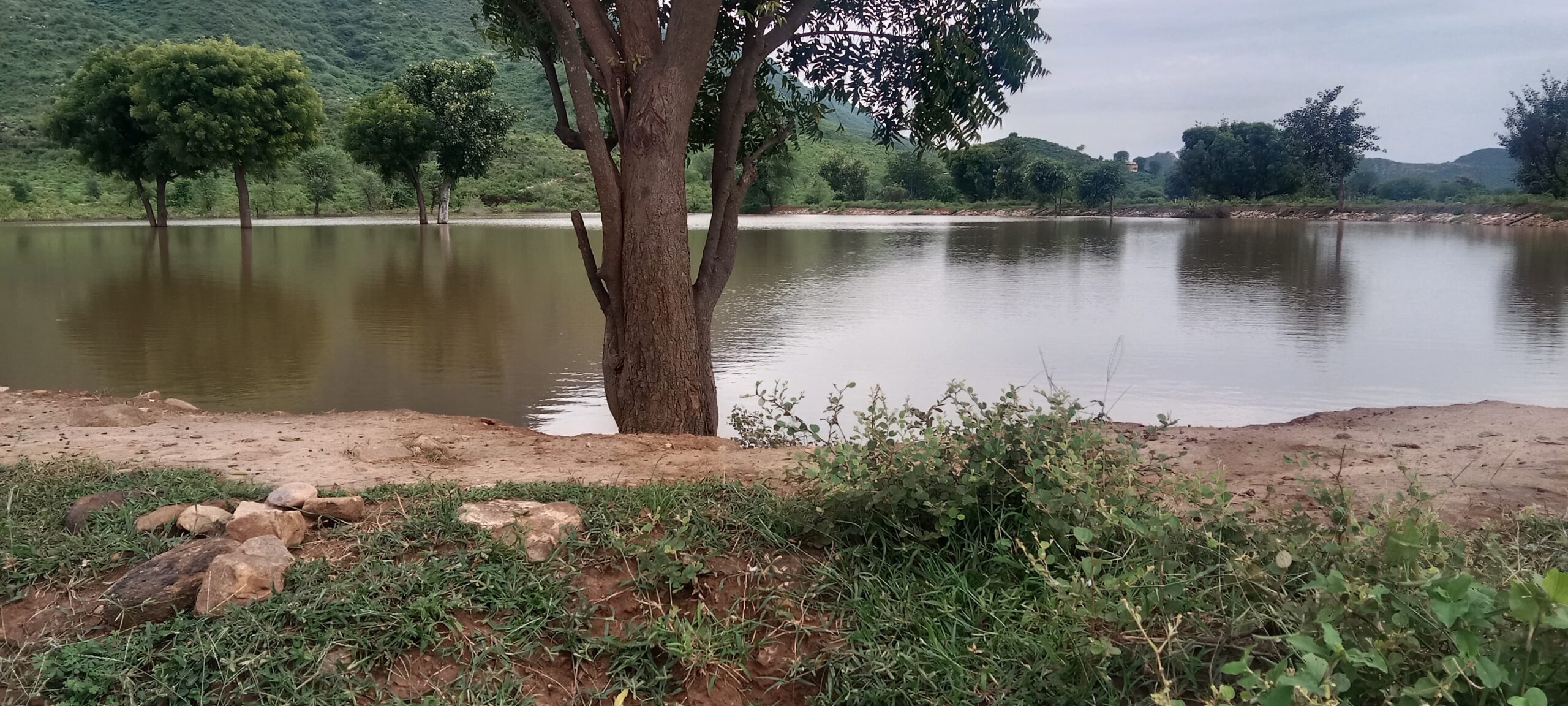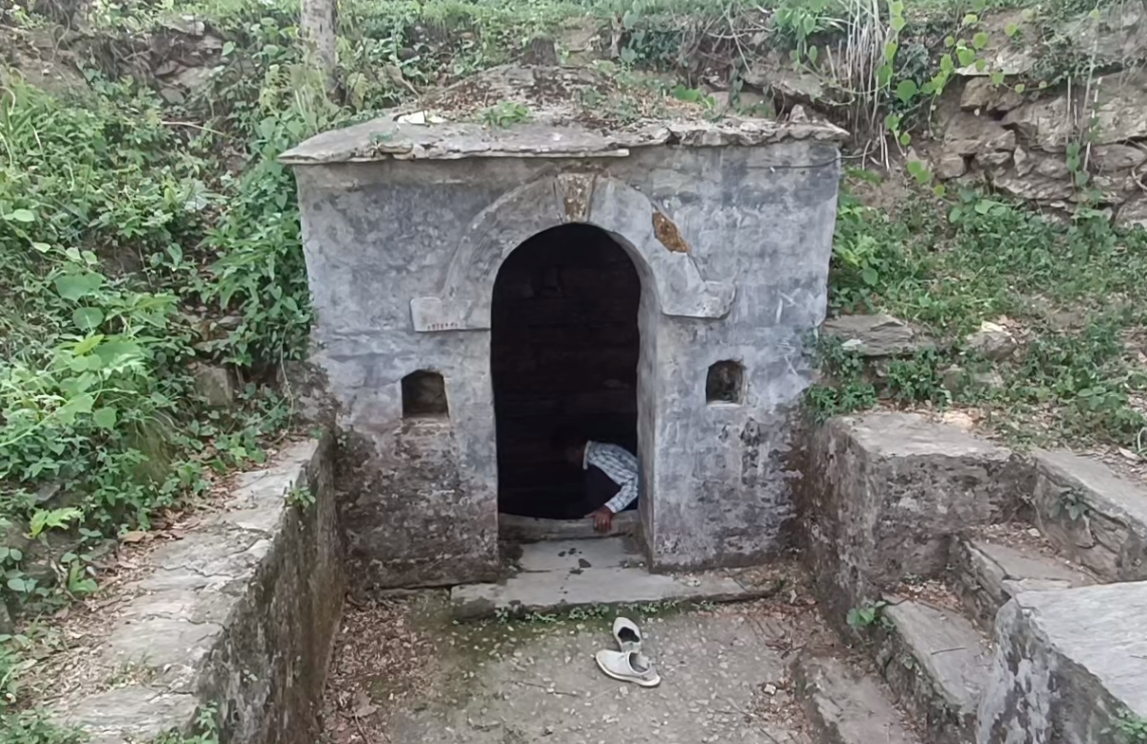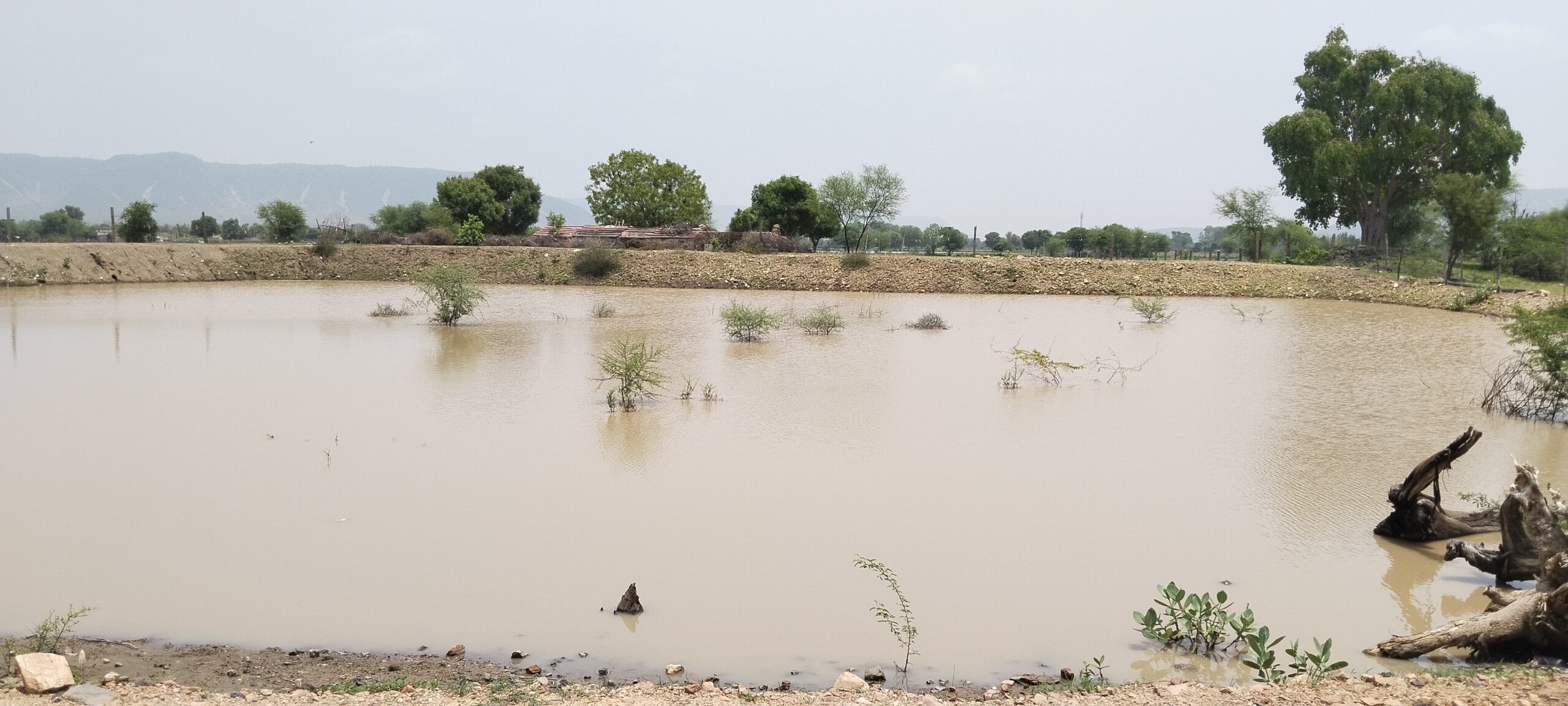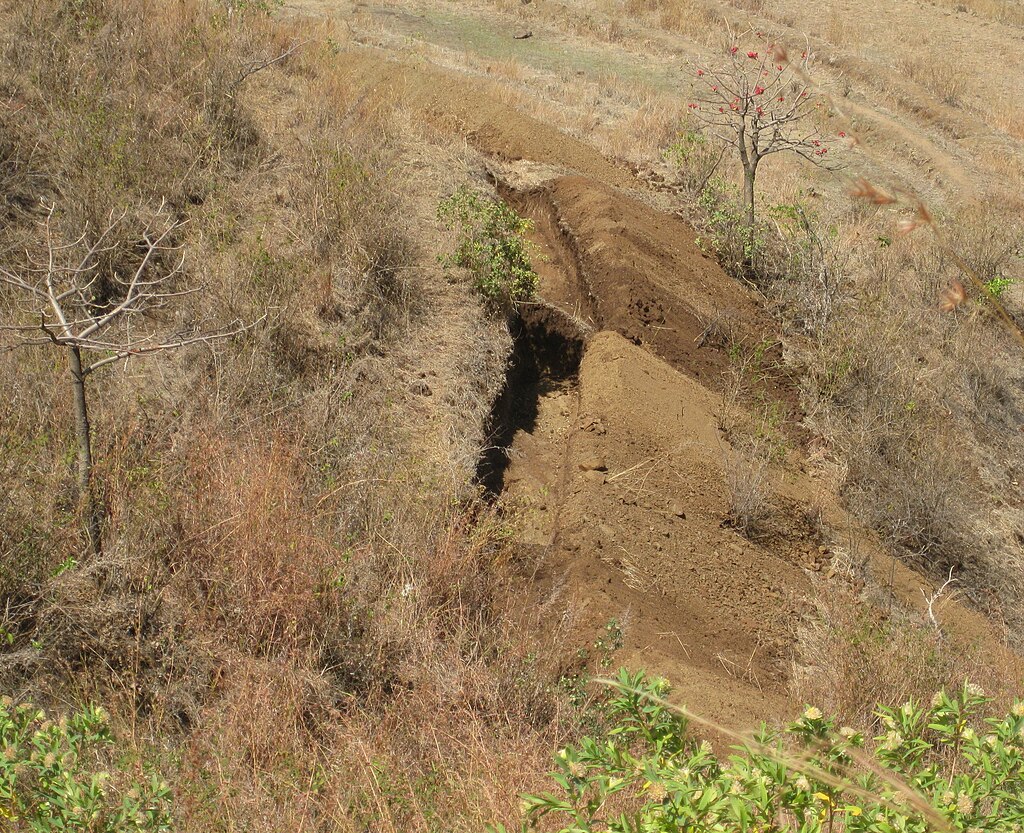Under India’s summer sun, the earth cracks. Rivers retreat. Wells echo. Faucets sputter. Yet if you listen with memory, the land hums an old tune—the whisper of water. India has long been marked by thirst: 4% of the world’s freshwater, 2.4% of land, and 18% of the global population. Over 600 districts have faced drought in the last decade. But what we lacked in abundance, we once made up in ingenuity. Across centuries, communities developed elegant water systems—crafted by hand, shaped by understanding, not machines or concrete.
Before borewells and tankers, there was balance—between rain and recharge. In Rajasthan, johads, simple earthen dams, held 30,000–50,000 cubic meters and recharged 5–10 km². The baoli, or stepwell—some over 1,000 years old—stored water and hosted rituals. Ornate jhalaras served royal and household needs in Jodhpur; eight remain functional.
The desert offered more: the 15th-century khadin could irrigate 6 hectares on 100–300 mm of rain. The taanka, a dome-shaped tank storing 20,000–25,000 litres, sustained families for months. In Gujarat and Maharashtra, kunds and kattas guided runoff to fields; some kattas spanned 30 meters and watered 10 acres. Even 0.01% of rainfall made a difference.
In Bihar, the ahar-pyne system—dating to the Mauryan age—channeled floodwaters via pynes into ahars to irrigate and recharge land. In some areas, 60% of paddy relied on it. In Nagaland, Zabo systems combined farming, forests, livestock, and water on a hillside, sustaining villages year-round. In Ladakh, zings caught glacial melt. In Meghalaya, bamboo drip irrigation used gravity to move 18–20 litres per minute over 3 km. These weren’t just methods; they were living ecosystems.
Water wisdom also lived in farming practices:
- Bunding and contour ploughing reduced runoff by 30–50%.
- Cover crops and agroforestry raised water retention by 10–20%.
- Mixed cropping and rotation reduced pests and boosted yield.
- Mulching cut evaporation by 50–70%.
- No-till farming curbed erosion by 90%, retaining soil moisture.
Each region developed its own system, finely tuned to its climate:
- Panam Keni (Kerala): narrow wells with clear water year-round.
- Jackwells (Great Nicobar): protect freshwater under sandy soil.
- Pat system (Madhya Pradesh): gravity-fed canals for irrigation.
- Bhandhara Phad (Maharashtra): check dams and shared water use.
- Spring Shed Management (Sikkim): revived 500+ springs via Dhara Vikas, improving dry-season flow by up to 60% for 50,000+ people.
These systems show ecological literacy—knowledge shaped by land and tradition.
So why did they fade? Centralized water control and a fixation on scale led to dams and borewells. By 2023, India had 30 million borewells and the fastest groundwater depletion rate. Nearly 60% of districts face aquifer stress. Cities lose 40% of treated water. A single revived johad, however, can recharge 1.2 million litres annually.
Traditional systems were dismissed as outdated, yet they’re returning. Tarun Bharat Sangh restored 11,000 johads, revived 1,000 villages, and brought back seven rivers. In Maharashtra, watershed programs blend Phad with kattas, doubling cropping intensity. Dhara Vikas in Sikkim is now state policy, inspiring other Himalayan states.
This isn’t nostalgia—it’s necessity. Climate change brings erratic rains, longer droughts, and sudden floods. Traditional systems, built for such variability, offer resilience.
Picture this: drones mapping bunds, villagers desilting tanks. Satellite data paired with women seed-priming by instinct. Communities managing water—as they always have. This isn’t backward. It’s revival. These systems aren’t anti-modern. They’re pre-modern, and deeply suited to a post-modern climate reality. Our task is to adapt, not replicate—to respect their logic and local roots.
India’s traditional water systems are more than infrastructure. They are memory, wisdom, and reverence made visible. Next time it rains, don’t just seek shelter. Look around. The land remembers. The wells remember. It’s time we do too.
Author
-

Ankush Patel is a final-year engineering student and a passionate tech enthusiast with a strong curiosity for innovation and emerging technologies. He is an avid cricket fan who loves both playing and watching the game. His interests extend beyond the field—he enjoys listening to music, staying informed by reading about current affairs, and unwinding with a good binge-watch session. He brings energy, curiosity, and a balanced perspective to everything he does.
View all posts






Leave a Reply